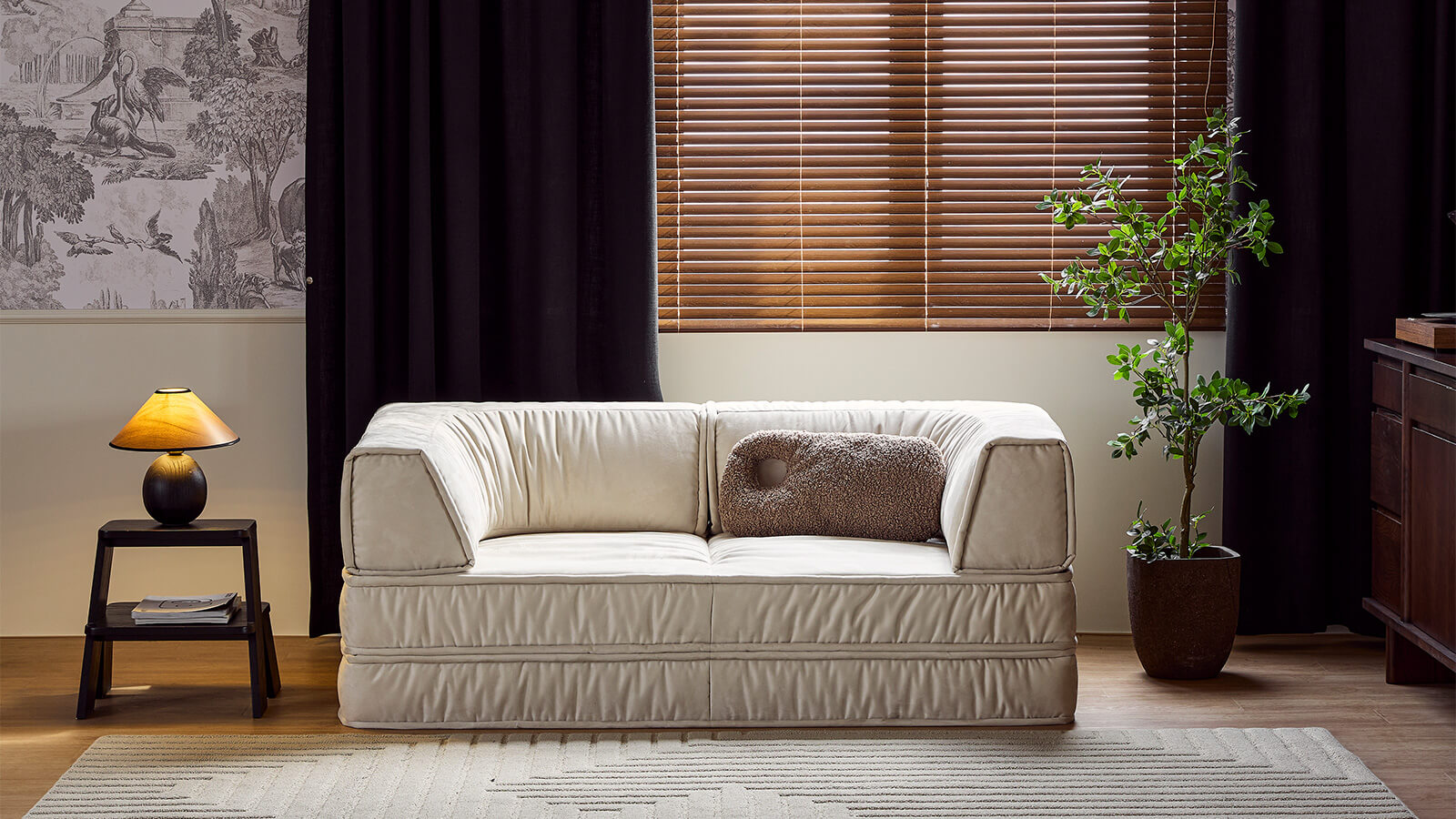Grado focuses on sustainability not only in the materials used, but also in the entire production process and subsequent development.

Environmentally Friendly Dyestuff:
Grado uses environmentally friendly dyestuffs that do not contain or produce harmful aromatic amines; the dyestuffs themselves are not carcinogenic, sensitizing, or acutely toxic; formaldehyde and extractable heavy metals are below the limits after use; they do not contain environmental hormones; they do not contain persistent organic pollutants; they do not produce environmentally harmful chemicals; they do not produce environmentally harmful chemicals; they do not produce environmentally harmful chemicals; and the color fastness and usability are superior to that of banned dyestuffs.
This kind of dyestuff not only reduces the harm to the environment, but also reduces the pollution in the production process, and at the same time, it is basically harmless to human beings.
This kind of dyestuff not only reduces the harm to the environment, but also reduces the pollution in the production process, and at the same time, it is basically harmless to human beings.
Examples of actual fabrics:
SILEX
Eco-friendly dyes are used. This fabric contains bamboo yarn, the fabric surface has a strong texture and modern style. The surface has chenille yarn, which makes the fabric feel thicker and warmer.
It has been certified by the international authoritative third-party testing organization and passed the European Union's REACH chemical regulatory testing.
It has been certified by the international authoritative third-party testing organization and passed the European Union's REACH chemical regulatory testing.

Umit
Full silicone fabric, leather texture, feel and texture. Grip and wear resistant, flame retardant and antibacterial, and the production process also reduces waste and is a more environmentally friendly fabric.











